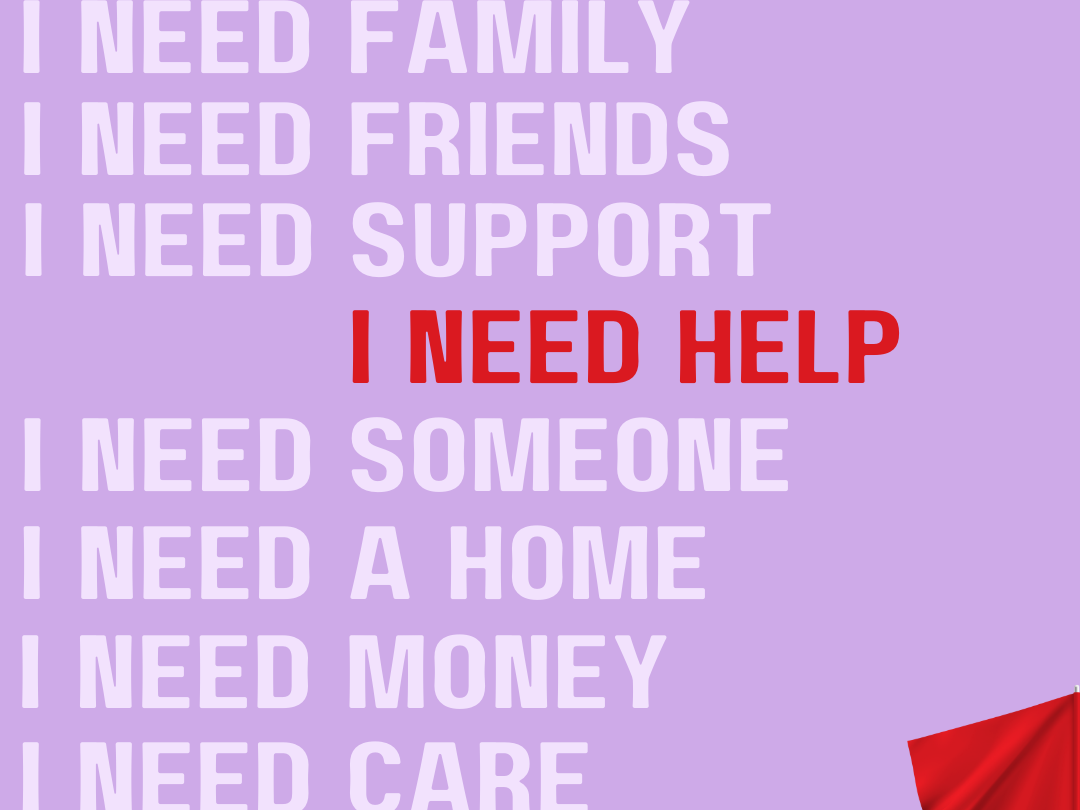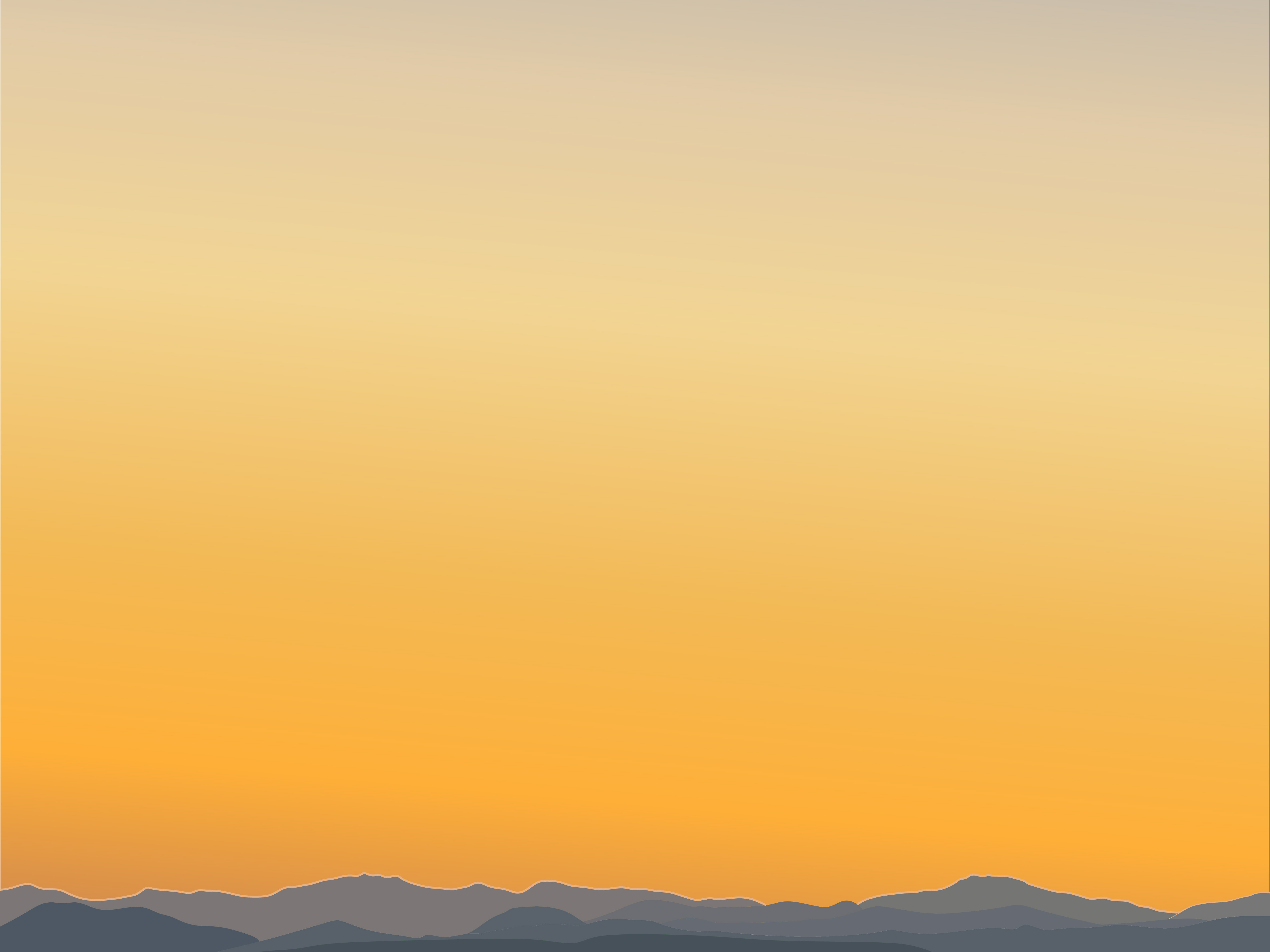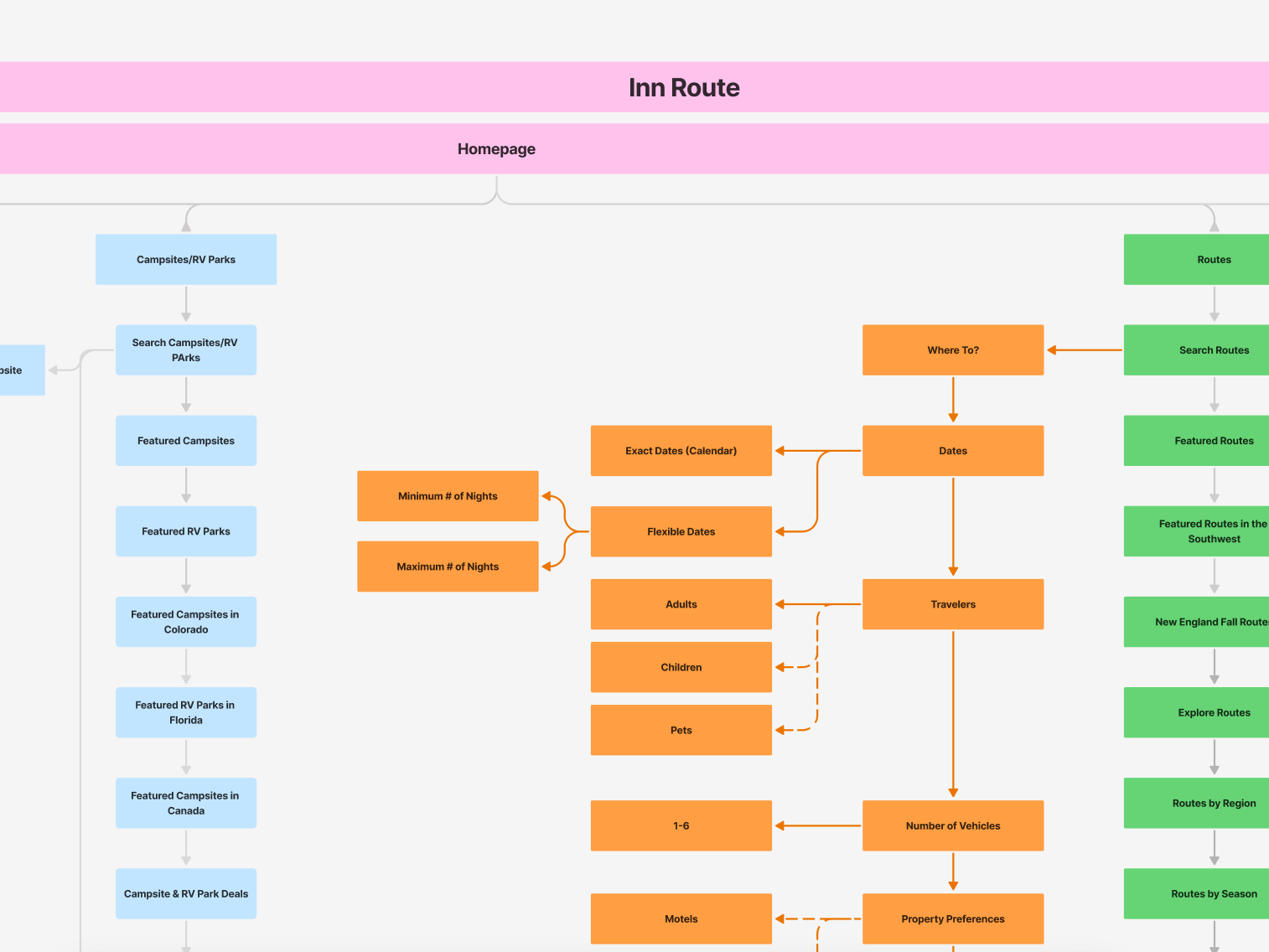Instructional/Educational Design
Big Brothers Big Sisters (BBBS) of Metropolitan Chicago
Chicago, IL
Role: Partnership and Program Facilitator
Experience: I worked with hundreds of students, volunteers, and top corporate partners to design and deliver engaging, mission-driven program experiences. I led recruitment, training, and facilitation efforts while tailoring activities to meet the diverse needs of participants. My role also included creating marketing materials and managing partner relationships to ensure programs were meaningful and well-supported. This experience strengthened my skills in program management, stakeholder communication, and instructional design for diverse learners.
Revamped Youth Recruitment Flyer
Problem: During in-school recruitment efforts—whether presenting in classrooms, cafeterias, or auditoriums—I consistently noticed a troubling pattern: our flyers (bottom image), meant to encourage student participation, were being left behind, crumpled, or tossed in the trash. It became clear that our materials weren’t resonating with students. The design lacked a visual or emotional hook that would motivate them to take the flyer home and engage with our programs.
Solution: I redesigned the flyer (top image) with a youth-centered, visually engaging approach that connected directly to students’ interests and experiences. The new design focused on showcasing the fun and exciting opportunities available through our programs. I incorporated familiar local landmarks like the downtown skyline and Lakeshore to create a sense of place and belonging. A graphic train travels north toward icons representing key program highlights—like our flagship summer event at Six Flags Great America, symbolized by a roller coaster and Ferris wheel. The overarching visual theme was designed to represent a journey—inviting students to imagine themselves taking the first step toward new experiences and personal growth.
Impact: This targeted, student-focused design approach helped create an emotional connection with our audience. As a result, we saw a 60% increase in enrollment in our High School workplace programs following the distribution of the redesigned flyers.
Tools Used: Canva
Program Websites
The Challenge: Children, families, and volunteers were frustrated by the constant need to track down program details. Emailing updated calendars wasn’t cutting it—important information was getting lost, overlooked, or buried in inboxes. The lack of a single, reliable source for updates made it harder for participants to stay informed and engaged.
The Design Solution: I developed dedicated websites for each of my 10 programs, creating a centralized hub where participants could easily access everything they needed. Each site featured:
- A real-time program calendar available in multiple formats (printable PDF, web view, and mobile-friendly version)
- Quick links to session details, resources, and event updates
- An integrated feedback form to gather participant input and continuously improve the experience
The Impact: With information just a click away, families and volunteers reached out with fewer questions, stayed more engaged, and participation rates—both in regular sessions and external events—noticeably increased.
Tools Used: Google Sites, Google Calendar, Google Forms, Canva
Match Safety Card
The Challenge: Our program rules were written for adults—dense, formal, and not easily understood by the youth in our programs. When issues arose during sessions, it was difficult to quickly and clearly explain which rule was being broken and why it mattered. Additionally, technology use (phones, tablets, etc.) was increasingly disrupting Match interactions, and we needed a simple, consistent way to reinforce our no-technology policy.
The Design Solution: Inspired by airplane safety cards, I designed the Match Safety Card—a highly visual, easy-to-understand guide summarizing key behavior expectations for both Bigs and Littles in our Site-Based programs. Each card was customized for its specific program site and focused on clarity and accessibility for all ages.
We brought three laminated copies to every session: one for display and two for active reference during conversations with participants. When behavioral issues arose, the card became a shared reference point, making it easier for staff and participants to quickly identify concerns and self-correct in the moment.
The Result: The Match Safety Card became a go-to tool for reinforcing expectations, reducing technology distractions, and creating safer, more engaged program environments.
Tools Used: Canva
Shark Tank Activity
The Challenge: Our corporate partners wanted to integrate financial literacy and business management concepts into their volunteer engagement, but past attempts often felt too much like traditional classroom lessons—failing to capture students' interest or creativity.
The Design Solution: To make learning engaging and relevant, I designed an interactive, year-long Shark Tank-style project inspired by the popular TV show. Littles were challenged to develop an original product, service, or app that could improve daily life—something not yet on the market.
With support from their Bigs, students conducted market research, built business plans, and created prototypes or mock-ups using newly learned tools and digital resources. The project culminated in a live pitch event where students presented their ideas to a panel of “Sharks”—senior leaders from our corporate partners.
The Impact: The activity sparked creativity and critical thinking, with students reporting a newfound interest in entrepreneurship, product development, and business finance. The program also deepened corporate partner engagement by giving their leaders a direct, meaningful role in youth development.
Marble Roller Coaster Challenge
The Challenge: Our partners at S&C Electric wanted to bring more science and engineering activities into our program. However, students attending the S&C program during the school day made it clear—they didn’t want our sessions to feel like just another class.
The Design Solution: To balance fun with learning, I created the Marble Roller Coaster Challenge, inspired by our popular summer event at Six Flags. Littles, with help from their Bigs, used cardboard and construction paper to design and build their own marble roller coasters—applying real-world physics concepts like kinetic energy, potential energy, and g-force.
To boost engagement, I gamified the project: each coaster had to include specific design elements that earned points. The Match with the highest score (and a successful marble run) won a prize.
The Impact: The hands-on, competitive format kept students deeply engaged and eager to out-engineer their peers. Afterwards, many expressed a clearer understanding of energy transfer and roller coaster physics—without ever feeling like they were sitting through another science class.
I’m honored to have twice received the Recognizing Excellence Program Award for outstanding program facilitation and recruitment. My efforts in improving structure and engagement have helped partners triple their financial support for sponsored programs. Most importantly, students and volunteers have shared firsthand feedback about the positive impact these programs have had on their experience.
Read participant testimonials about the impact of my work →
Downtown Boxing Gym (DBG) Afterschool Youth Program
Detroit, MI
Role: Academic Support Specialist
Experience: As an Academic Support Specialist at the Downtown Boxing Gym Youth Program in Detroit, I designed and delivered lessons that supplemented schoolwork and addressed individual learning gaps. I worked one-on-one with students to create personalized learning tools that aligned with their interests and comprehension levels, helping to boost both motivation and academic confidence. With each session limited to just one hour, I honed my time management and instructional design skills to deliver focused, high-impact support. This role deepened my ability to create learner-centered strategies that drive engagement and measurable growth in short timeframes.
Summer Course
The Task: Design a one-hour class, held three days a week over an 8-week summer program, for middle and high school students—focused on science or math with real-life relevance.
The Design Solution: I developed a course that blended human biology, anatomy, and personal finance, helping students make connections between healthy lifestyle choices and long-term financial well-being.
Through short, focused micro-lessons, students explored topics like nutrition, exercise, and mental health advocacy alongside budgeting, saving, and investing. The goal was to equip students with practical tools to support both their physical health and financial futures—empowering them to make informed decisions that positively impact their everyday lives.
The Impact: Students became more curious about careers in health, science, and finance, with many exploring topics further on their own. The financial literacy component had an immediate effect, helping students make smarter, more intentional choices with their money.
Academic Programming Schedules
The Challenge: Without a clear visual schedule, students often took advantage of the lack of structure—leading to confusion, off-task behavior, and a chaotic learning environment.
The Design Solution: I developed a visual Academic Programming Schedule that clearly outlined student options for each session, including homework support, literacy-focused computer work, and designated zones for STEAM and Cooking classes.
The Impact: By physically sectioning off the room to match each schedule option and posting the schedule as a visual aid, students knew exactly where to go and what was expected. This structure improved focus, reduced behavioral issues, and increased participation in targeted academic activities.
Educational Project
Marsal School of Education, University of Michigan--Ann Arbor, MI
EDUC 604 Curriculum Development and Evaluation -- Dr. Gina Cervetti
Drug & Substance Abuse Awareness & Prevention
Task: Design a standards-aligned middle school curriculum for the State of Michigan on a topic of choice. The curriculum needed to meet state educational standards while incorporating systems for assessing student learning and evaluating growth.
Design Analysis: Drawing on personal experiences and gaps I noticed in traditional drug education programs like D.A.R.E., I chose to focus my curriculum on Drug & Substance Abuse Awareness and Prevention—with an emphasis on science, history, and student agency.
My instructional goal was to move beyond fear-based messaging and instead empower students with knowledge of how and why substances affect the brain and body, as well as the historical and economic forces that have shaped substance use across societies.
The curriculum guided students through a multi-disciplinary exploration:
- Scientific Component: Understanding the neurological and physiological effects of a substance of their choice
- Historical Context: Exploring how their selected substance has influenced global history, economies, and public policy
- Advocacy and Application: Students applied their learning by creating a public service announcement (PSA)—educating peers on both the risks of substance use and available resources for those needing support
By giving students ownership over their learning and tying content to real-world contexts, the curriculum aimed to build both critical thinking skills and personal connection to prevention strategies. The final assessments measured not only knowledge retention but also students’ ability to communicate health-focused messages to their community.


